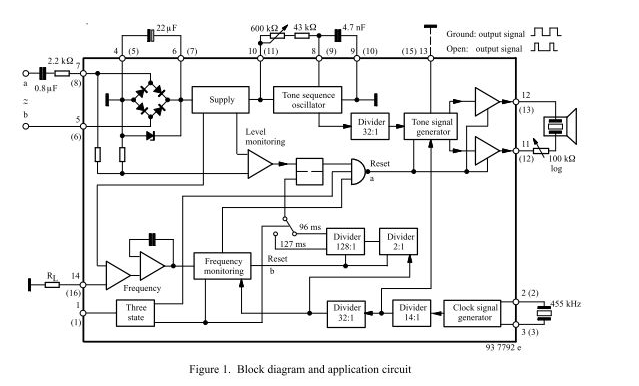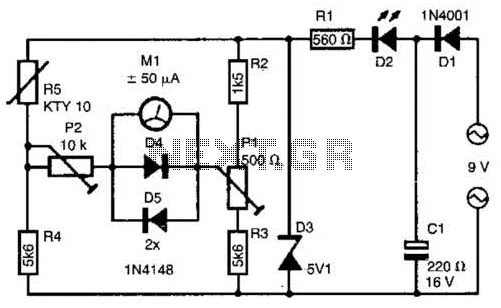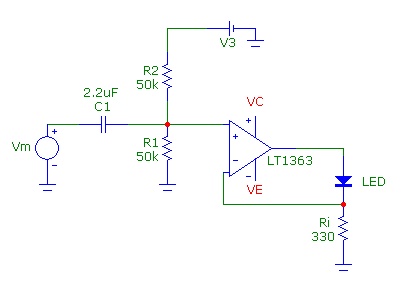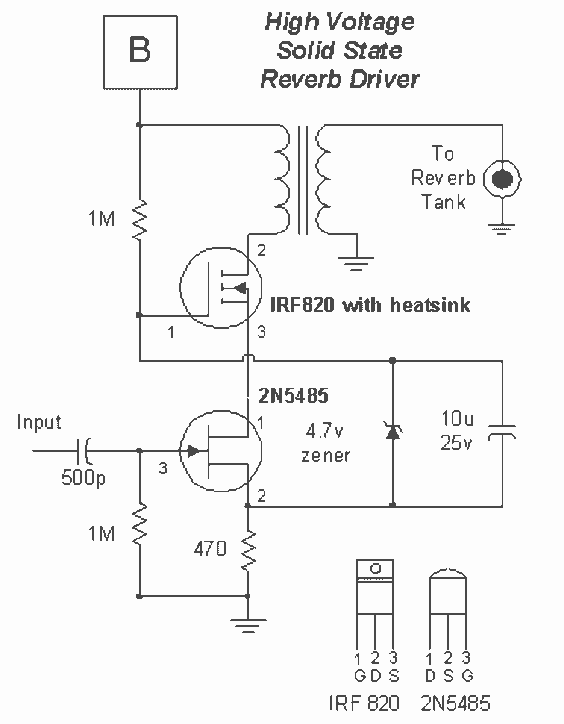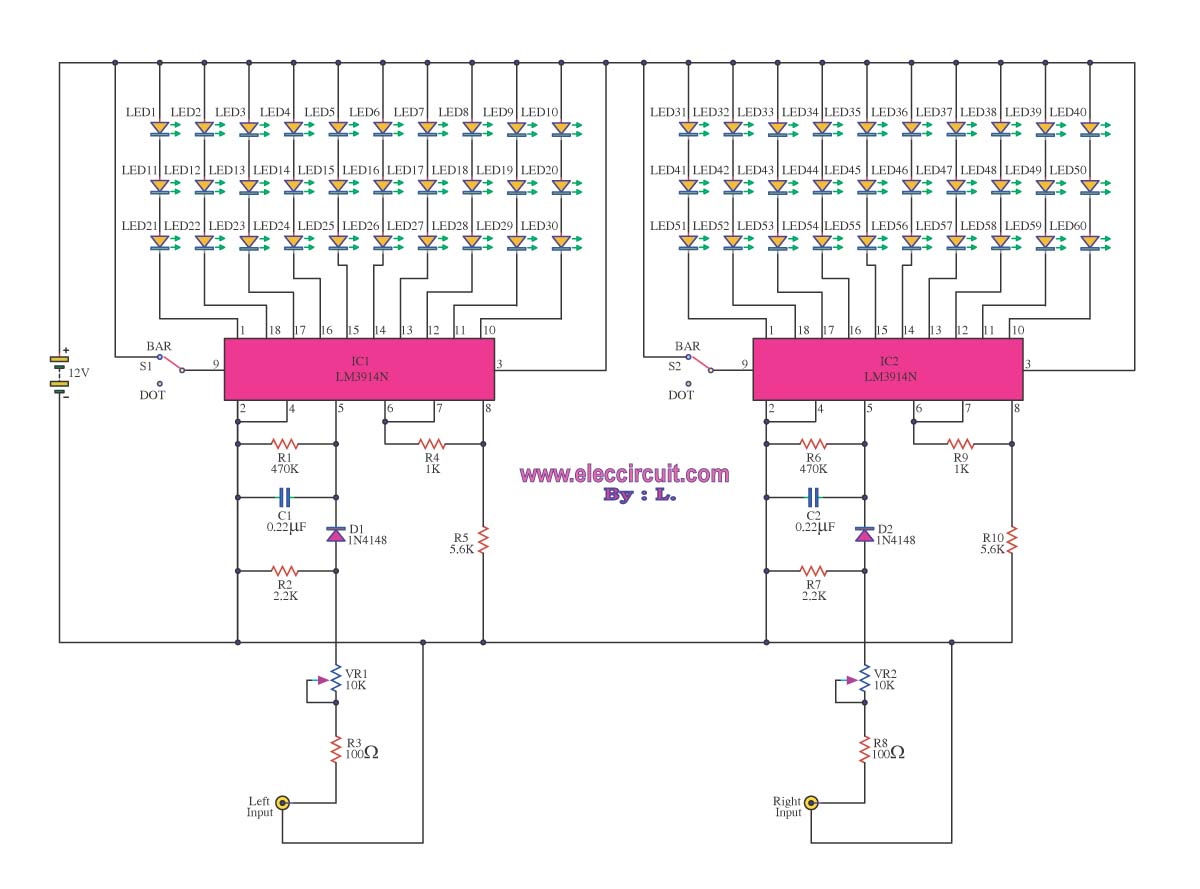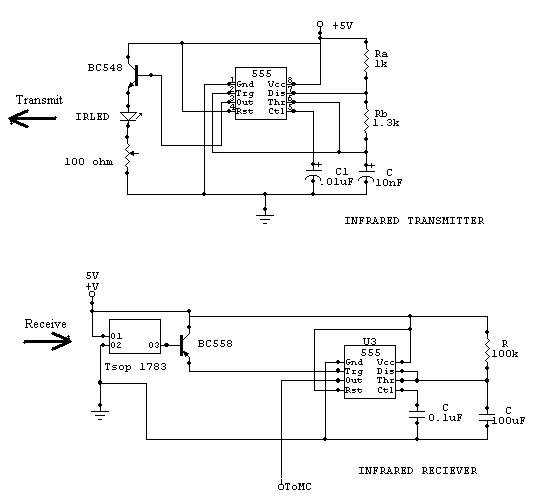
Telephone interfacing circuits

A telephone utilizes electric current to transmit sound information between homes. During a conversation, a steady electric current flows through both telephones, which share this current. As one person speaks into their telephone's microphone, the current drawn from the telephone company fluctuates, reflecting the air pressure changes produced by the voice. These fluctuations affect the current in the other telephone, resulting in corresponding changes. A speaker in the second telephone reacts to these current variations by compressing and rarefying the air, thus reproducing the sound of the speaker's voice. Although the technology and circuits of telephones have evolved significantly, the fundamental operation remains similar. The current powering the telephones is sourced from a 48V battery located in the central office, transmitted through resistors and inductors, typically ranging from 2000 to 4000 ohms in series. Older offices employed approximately 400-ohm line relay coils in series with the line.
A simplified representation of a traditional telephone line interface includes components such as the central office, hookswitch, resistors, capacitors, a speaker, and a microphone connected by audio line wires. In older switches, there were often no separate resistors following the relay coils; instead, a relay with dual 500-ohm coils served both current limiting and connection between the line wires and the power source. When a telephone is in the on-hook state, the "TIP" line is at approximately 0V, while the "RING" line is at about -48V relative to ground. Upon going off-hook, the TIP becomes negative, and the RING becomes less negative, with typical values of about -20V and -28V, respectively, leading to an operational voltage difference of approximately 8V between the wires. The DC resistance of standard telephone equipment falls within the 200-300 ohm range, with current flow between 20-50 mA. The -48V was chosen to ensure effective transmission over long distances of thin telephone wire while remaining safe, as voltages below 50V are generally classified as low voltage for safety regulations. This voltage is also convenient to generate using standard lead-acid batteries. Batteries are essential in telephone central offices to maintain operation during power outages and to provide a stable output voltage necessary for reliable circuit function. Typically, the central office operates using battery chargers with batteries connected in parallel for floating charge. The negative feeding voltage was selected to minimize electrochemical reactions that could harm wet telephone wiring; this configuration allows metal ions to migrate from the ground to the wire, as opposed to a positive voltage that would cause corrosion by leaching metal from the wire. Some regions utilize voltages in the 36V to 60V range, while PBX systems may operate at as low as 24V and can potentially use positive feeding voltage instead of the standard negative voltage employed in conventional telephone networks.
In summary, the telephone system's operation relies on a delicate balance of current flow and voltage levels, with various components working in unison to facilitate clear communication over distances, while also adhering to safety and reliability standards within the telecommunications infrastructure.A telephone uses an electric current to convey sound information from your home to that of a friend. When the two of you are talking on the telephone, the telephone company is sending a steady electric current through your telephones. The two telephones, yours and that of your friend, are sharing this steady current. But as you talk into your tele phone`s microphone, the current that your telephone draws from the telephone company fluctuates up and down. These fluctuations are directly related to the air pressure fluctuations that are the sound of your voice at the microphone.
Because the telephones are sharing the total current, any change in the current through your telephone causes a change in the current through your friend`s telephone. Thus as you talk, the current through your friend`s telephone fluctuates. A speaker in that telephone responds to these current fluctuations by compressing and rarefying the air.
The resulting air pressure fluctuations reproduces the sound of your voice. Although the nature of telephones and the circuits connecting them have changed radically in the past few decades, the telephone system still functions in a manner that at least simulates this behavior. The current which powers your telephone is generated from the 48V battery in the central office. The 48V voltage is sent to the telephone line through some resistors and indictors (typically there is 2000 to 4000 ohms in series with the 48V power source).
The old ordinary offices had about 400 ohm line relay coils in series with the line. Here is a simplified picture of typical traditional telephone line interface: to Telephone central Telephone equipment Ground -+ | Hookswitch / COIL 5H +-o/ o-+ | | )| _ Resistor 200 ohm | _)|( | 2uF | TIP | | )|( Speaker -|-+-o-o-+ Mic )|(_| Audio Line wire | )| -|-+-o-o-+-+ 2uF | RING Resistor 200 ohm | COIL 5H | -48V DC -+ In some old switches there rere no separate reistors after the relay couils. Just a relay with 2x500 ohm coils was uased for both current limiting and the coils between the line wires and the power source.
When your telephone is in on-hook state the "TIP" is at about 0v, while "RING" is about -48v with respect to earth ground. When you go off hook, and current is drawn, TIP goes negative and RING goes positive (I mean less negative).
A typical off hook condition is TIP at about -20v and ring at about -28v. This means that there is about 8V voltage between the wires going to telephone in normal operation condition. The DC-resistance of typical telephone equipment is in 200-300 ohm range and current flowing through the telephone is in 20-50 mA range.
The -48V voltage was selected because it was enough to get through kilometers of thin telephone wire and still low enough to be safe (electrical safety regulations in many countries consider DC voltages lower than 50V to be safe low voltage circuits). 48V voltage is also easy to generate from normal lead acid batteries (4 x 12V car battery in series).
Batteries are needed in telephone central to make sure that it operates also when mains voltage is cut and they also give very stable output voltage which is needed for reliable operation of all the circuit in the central office. Typically the CO actually runs off of the battery chargers with the batteries in parallel getting a floating charge.
The line feeding voltage was selected to be negative to make the electrochemical reactions on the wet telephone wiring to be less harmful. When the wires are at negative potential compared to the ground the metal ions go form the ground to the wire instead of the situation where positive voltage would cause metal from the wire to leave which causes quick corrosion.
Some countries use other voltages in typically 36V to 60V range. PBXes may use as low as 24 Volts and can possibly use positive feeding voltage instead of the negative one used in normal telephone network. Positive voltage is more 🔗 External reference
A simplified representation of a traditional telephone line interface includes components such as the central office, hookswitch, resistors, capacitors, a speaker, and a microphone connected by audio line wires. In older switches, there were often no separate resistors following the relay coils; instead, a relay with dual 500-ohm coils served both current limiting and connection between the line wires and the power source. When a telephone is in the on-hook state, the "TIP" line is at approximately 0V, while the "RING" line is at about -48V relative to ground. Upon going off-hook, the TIP becomes negative, and the RING becomes less negative, with typical values of about -20V and -28V, respectively, leading to an operational voltage difference of approximately 8V between the wires. The DC resistance of standard telephone equipment falls within the 200-300 ohm range, with current flow between 20-50 mA. The -48V was chosen to ensure effective transmission over long distances of thin telephone wire while remaining safe, as voltages below 50V are generally classified as low voltage for safety regulations. This voltage is also convenient to generate using standard lead-acid batteries. Batteries are essential in telephone central offices to maintain operation during power outages and to provide a stable output voltage necessary for reliable circuit function. Typically, the central office operates using battery chargers with batteries connected in parallel for floating charge. The negative feeding voltage was selected to minimize electrochemical reactions that could harm wet telephone wiring; this configuration allows metal ions to migrate from the ground to the wire, as opposed to a positive voltage that would cause corrosion by leaching metal from the wire. Some regions utilize voltages in the 36V to 60V range, while PBX systems may operate at as low as 24V and can potentially use positive feeding voltage instead of the standard negative voltage employed in conventional telephone networks.
In summary, the telephone system's operation relies on a delicate balance of current flow and voltage levels, with various components working in unison to facilitate clear communication over distances, while also adhering to safety and reliability standards within the telecommunications infrastructure.A telephone uses an electric current to convey sound information from your home to that of a friend. When the two of you are talking on the telephone, the telephone company is sending a steady electric current through your telephones. The two telephones, yours and that of your friend, are sharing this steady current. But as you talk into your tele phone`s microphone, the current that your telephone draws from the telephone company fluctuates up and down. These fluctuations are directly related to the air pressure fluctuations that are the sound of your voice at the microphone.
Because the telephones are sharing the total current, any change in the current through your telephone causes a change in the current through your friend`s telephone. Thus as you talk, the current through your friend`s telephone fluctuates. A speaker in that telephone responds to these current fluctuations by compressing and rarefying the air.
The resulting air pressure fluctuations reproduces the sound of your voice. Although the nature of telephones and the circuits connecting them have changed radically in the past few decades, the telephone system still functions in a manner that at least simulates this behavior. The current which powers your telephone is generated from the 48V battery in the central office. The 48V voltage is sent to the telephone line through some resistors and indictors (typically there is 2000 to 4000 ohms in series with the 48V power source).
The old ordinary offices had about 400 ohm line relay coils in series with the line. Here is a simplified picture of typical traditional telephone line interface: to Telephone central Telephone equipment Ground -+ | Hookswitch / COIL 5H +-o/ o-+ | | )| _ Resistor 200 ohm | _)|( | 2uF | TIP | | )|( Speaker -|-+-o-o-+ Mic )|(_| Audio Line wire | )| -|-+-o-o-+-+ 2uF | RING Resistor 200 ohm | COIL 5H | -48V DC -+ In some old switches there rere no separate reistors after the relay couils. Just a relay with 2x500 ohm coils was uased for both current limiting and the coils between the line wires and the power source.
When your telephone is in on-hook state the "TIP" is at about 0v, while "RING" is about -48v with respect to earth ground. When you go off hook, and current is drawn, TIP goes negative and RING goes positive (I mean less negative).
A typical off hook condition is TIP at about -20v and ring at about -28v. This means that there is about 8V voltage between the wires going to telephone in normal operation condition. The DC-resistance of typical telephone equipment is in 200-300 ohm range and current flowing through the telephone is in 20-50 mA range.
The -48V voltage was selected because it was enough to get through kilometers of thin telephone wire and still low enough to be safe (electrical safety regulations in many countries consider DC voltages lower than 50V to be safe low voltage circuits). 48V voltage is also easy to generate from normal lead acid batteries (4 x 12V car battery in series).
Batteries are needed in telephone central to make sure that it operates also when mains voltage is cut and they also give very stable output voltage which is needed for reliable operation of all the circuit in the central office. Typically the CO actually runs off of the battery chargers with the batteries in parallel getting a floating charge.
The line feeding voltage was selected to be negative to make the electrochemical reactions on the wet telephone wiring to be less harmful. When the wires are at negative potential compared to the ground the metal ions go form the ground to the wire instead of the situation where positive voltage would cause metal from the wire to leave which causes quick corrosion.
Some countries use other voltages in typically 36V to 60V range. PBXes may use as low as 24 Volts and can possibly use positive feeding voltage instead of the negative one used in normal telephone network. Positive voltage is more 🔗 External reference
